Buy the most popular rum with an alcohol content of up to 40%.
The Don Papa Rum 7 Years Old is one of the most popular varieties in the rum store of delicando with an alcohol content of 40 percent. This high-quality drink comes from the Philippines and was named after the heroic revolutionary Don Papa. With this high-proof drink, the heroes of the revolution are honored. The cultivation of the high-quality sugar cane takes place on volcanic and fertile soils. Then, the Don Papa Rum matures for seven years in oak barrels, resulting in excellent quality. Buy the Don Papa Rum now and enjoy it at a party with friends!
Eyes on the rum: Is the color and storage of a rum a sign of quality?
It can be said with certainty that long aging is a characteristic of high quality. A special aroma unfolds with the long time of maturation, as for example with whiskey or cognac. The storage in wooden barrels gives the rum its dark color. The distilleries often use barrels from other spirits, which gives the rum an additional aroma. A white rum, on the other hand, is stored in stainless steel barrels and this keeps the aging relatively clear. In addition, some distilleries add additives, such as caramel syrup or sugar couleur. In this way, the color can be influenced in this drink and at the same time create a sweet aroma, which is very popular among people who want to buy rum.
Buy the most popular rum in amber color
Mount Gay 1703 Eclipse has an alcohol content of 40 percent. At delicando you can buy this popular rum - in a 1 liter bottle. The Mount Gay Eclipse is stored for at least two years in oak barrels and comes from Barbados. This rum is produced since 1703 and is considered the oldest rum in the world. The name Mount Gay is based on an area in the north of Barbados where the sugar cane is grown. Buy now this Mount Gay 1703 Eclipse Rum and drink with pleasure!
Buying rum made easy: What types of rum are there?
As a rule, rum is considered the generic term of different spirits, which was obtained by fermenting sugar cane molasses or juice. The characteristic taste depends on the processing of rum. In production, rum has an alcohol content of up to 74 percent. In the distillation process, the rum is diluted with water. When you buy the rum, this subsequently only has an alcohol content of 37.5 to 54 percent. A Strohrum has an alcohol content of 37.6 to 80 percent and is not made from sugar cane, but instead from sugar beets. In addition, the taste of a spiced rum is altered by additives such as cinnamon, vanilla or sugar. This high-proof drink is distinguished not only by its style, but also by its color and characteristic aroma.
What makes a white rum?
A white rum is created by the fermentation of molasses and chopped sugar cane mixed with water, as well as distillation afterwards. Depending on the ratio of the water and the rum, the desired alcohol content is determined. Longer aging also increases the quality of white rum. The white rum is stored in stainless steel barrels, so that no discoloration occurs due to foreign flavorings. If you want to buy white rum, it has a higher alcohol content compared to brown rum. In addition, a white rum is ideal for mixing cocktails.
Buy the most popular white rum in the store
The Bacardi Ron Carta Blanca Superior is with an alcohol content of 37.5% a popular white rum in the online store of delicando. This Bacardi rum is probably one of the most famous types of white rum since 1862. With this delicious drink can be mixed excellent long drinks and cocktails. The production is still carried out according to the original recipe of the founder. Bacardi rum is distilled four times and filtered five times with charcoal. It is then aged for at least one year in white oak barrels. Buy the Bacardi Ron Carta Blanca Superior Rum now and have it conveniently delivered to your home.
What makes a brown rum?
A brown rum matures for at least six months, during which time the color and aromas are absorbed from the wood of the barrels. In addition, storage in wooden barrels also reduces the alcohol content. Barrels are often used where whisky, cognac or other spirits were previously stored. In this way, an aromatic and sweet taste is created. From the color, you can tell how long the rum has been aged. For mixing cocktails, you should buy a brown rum.
Buy the most popular brown rum in the store
The rum Pampero Añejo ESPECIAL with an alcohol content of 40% can be bought in the online store of delicando in a 0.7 liter bottle. The name of this popular drink comes from Venezuela and the distillery was founded in 1938. The rum Pampero Añejo ESPECIAL is a mixture of different vintages and the storage is two to four years. Rum lovers should at least once buy this rum.































































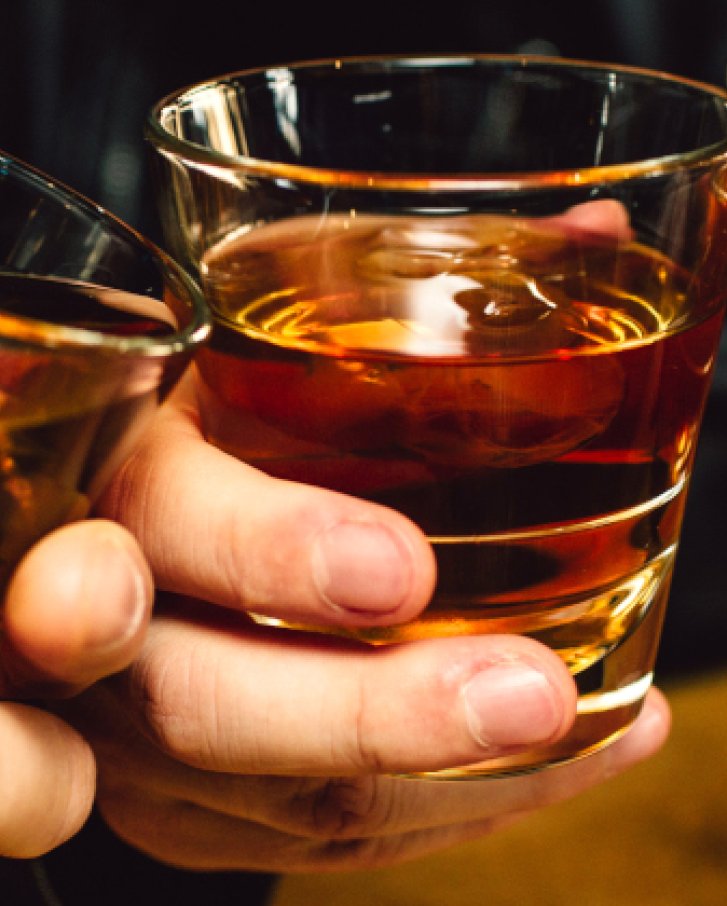
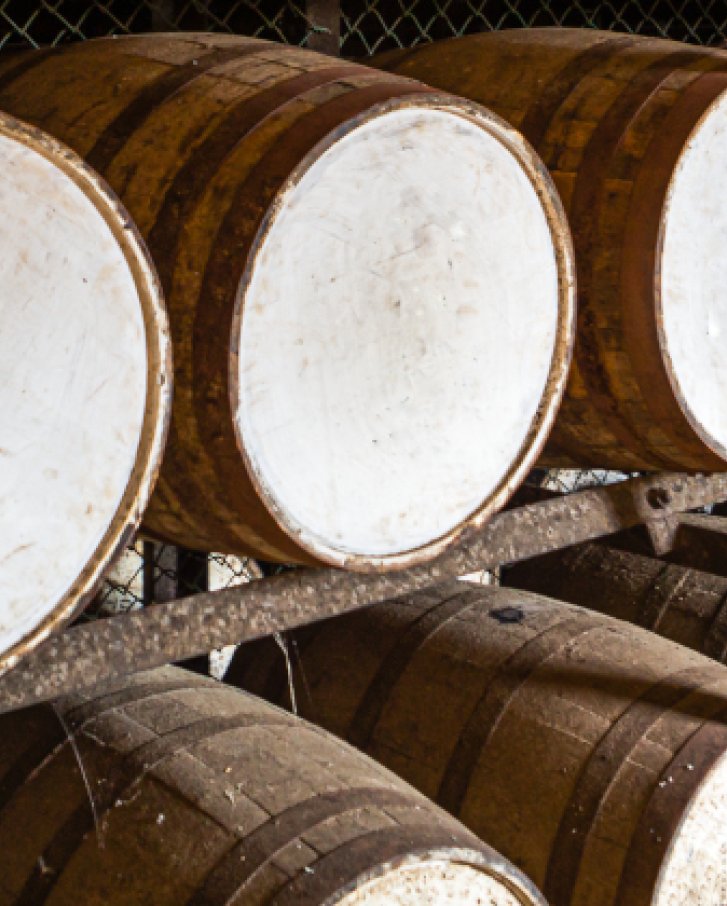
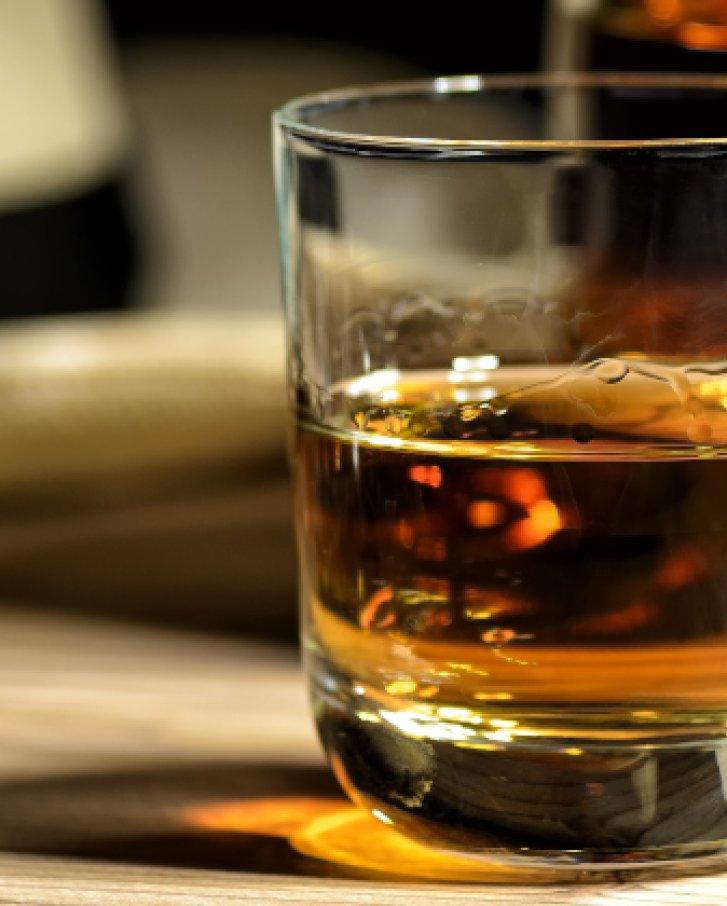
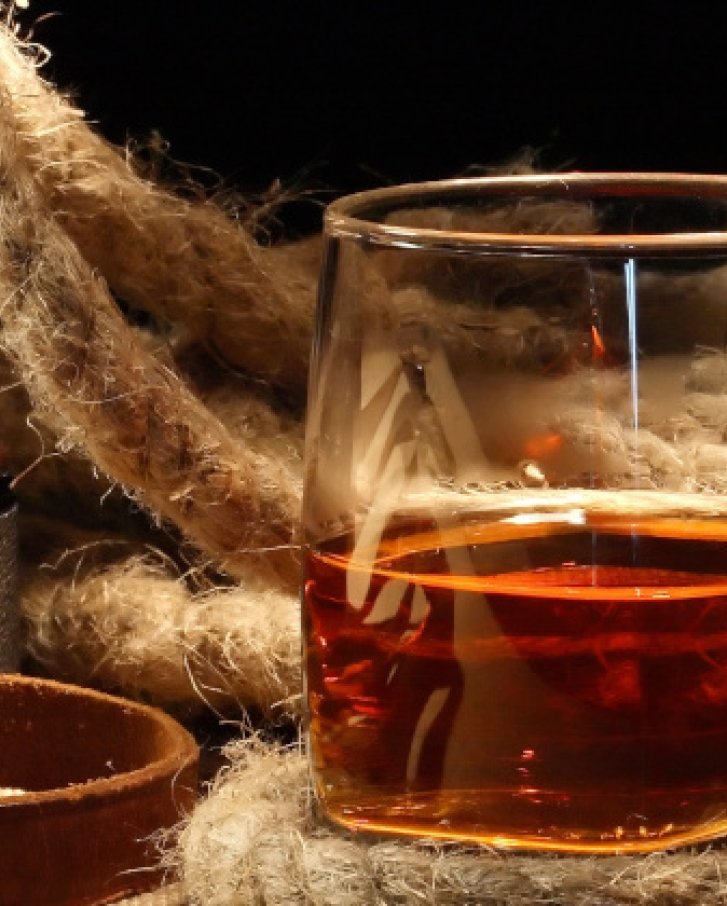
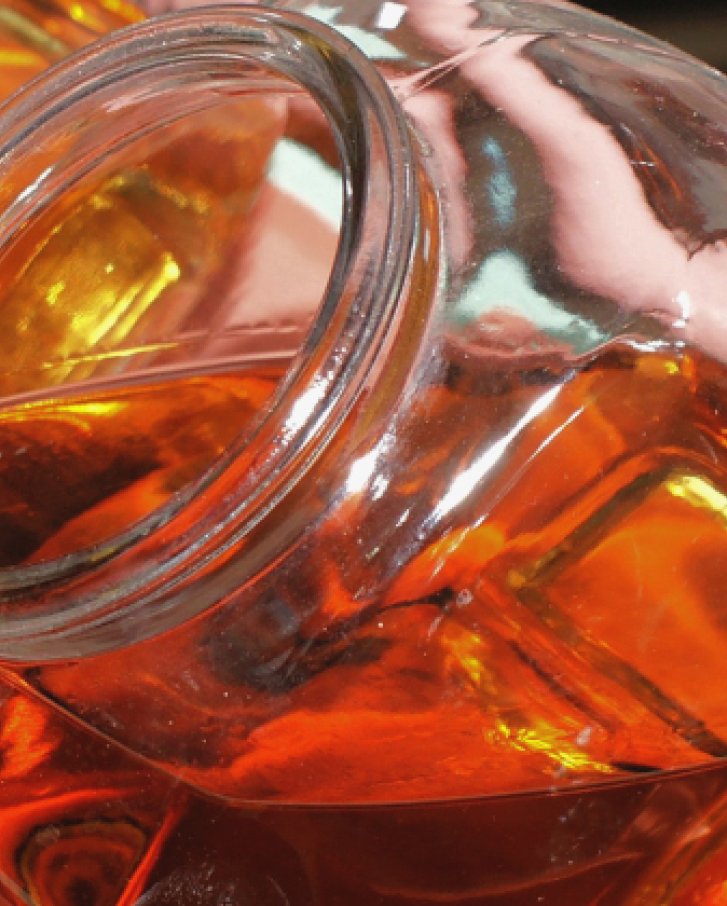
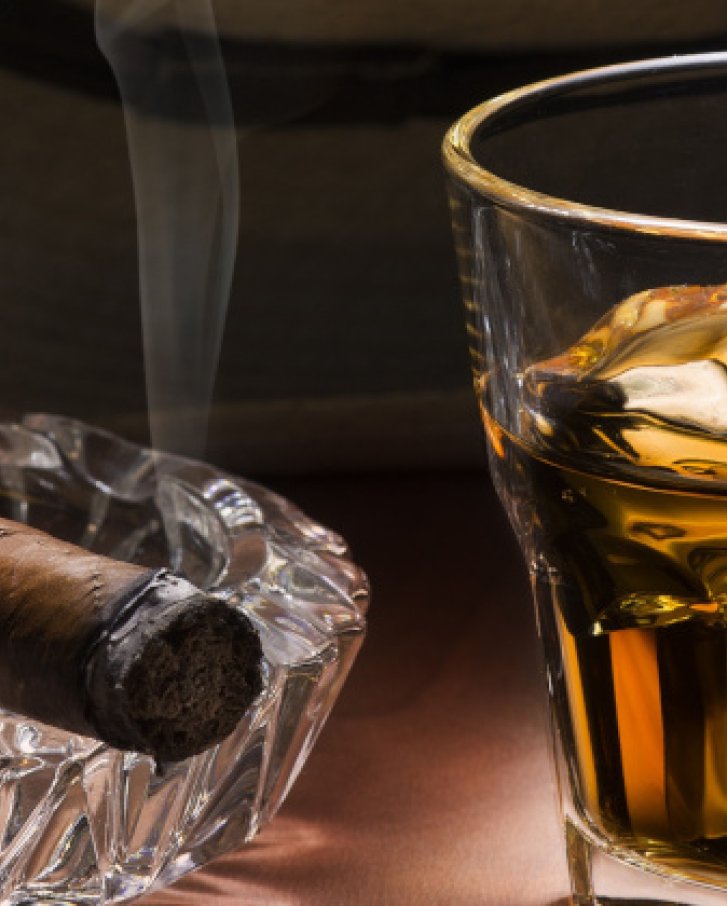










 Login with Amazon
Login with Amazon